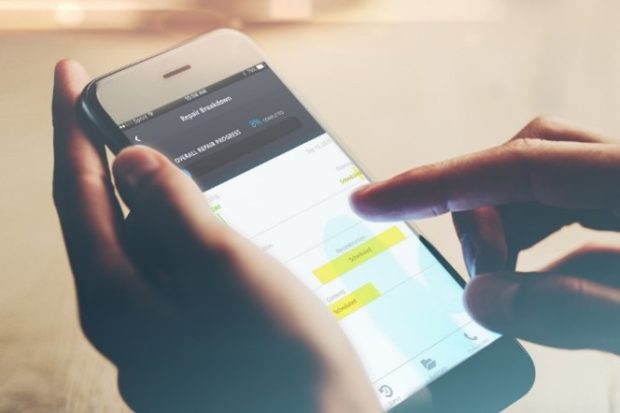

Steve Brewer leads the CoreLogic Insurance vision, strategy and solution roadmap. Recently he answered questions about his vision to enable carriers to deliver new embedded insurance solutions of the future.
Q: CoreLogic recently announced a fully integrated insurance solution. What does that mean?
Steve: A fully integrated insurance solution means we’re delivering a digital platform that automates and standardizes underwriting and claims workflow as a seamless extension of a carrier’s system of record. In addition, this open digital platform integrates the best analytic and Insurtech solutions to transform the policyholder experience and deliver best in class operational efficiency. This is the CoreLogic Digital Hub.

Q: How does the Digital Hub help carriers compete in today’s digital world?
Steve: The Digital Hub can help carriers create a faster, more compelling consumer experience while delivering best-in-class operating efficiency. The Digital Hub pre-integrates CoreLogic’s Complete View of Property™ which is the industry’s most complete, current and accurate information about the property risk. However, new analytics and technology solutions are reaching commercial viability every day.
Through the CoreLogic Digital Hub Alliance™, we give clients plug-and-play access to the best Insurtech offerings with the flip of a switch. Since the inception of the Digital Hub Alliance in early 2020, we have built turnkey access to over 30 Insurtech members with dozens more in the pipeline. And best of all, our integration roadmap for new Digital Hub integrations is market driven. Our clients choose which solution providers they want to access in their Digital Hub workflow. Insurers that achieve this level of strategic agility will, without a doubt, outperform their peers over the next five years.
One use case in underwriting is transforming the need for field inspections. CoreLogic’s Digital Underwriting Hub integrates high-resolution imagery and AI solutions. These solutions enable turn-key virtual inspections instead of deploying in-person inspectors which reduces operating costs, cycle time and avoids personal interaction during the pandemic. Carriers can also offer their policyholders the ability to opt in a mobile DIY process to self-inspect their property with mobile devices, making them an active participant in the process.

Another use case in claims is the capability for consumers to participate in the claim. CoreLogic’s Digital Claims Hub connects the entire supply chain ecosystem to expedite a claim’s scoping, adjustment, and payout. By enabling this type of transparency and collaboration, insurers and contractors become an advisor to the policyholder rather than a data collector.
Furthermore, as new technology and analytics evolve, we can instantly deploy new plug and play capabilities into our client’s digital workflow; delivering the agility and policyholder experience needed to win in today’s rapidly changing market.
Q: What is your vision for property insurance in 5 years and how do we get there?
Steve: CoreLogic’s vision is to embed insurance in the policyholder’s moment of need comparable to or better than they get from their most trusted digital brands. The policyholder could be purchasing a property, opening a small business, refinancing a home, or at their moment of need during a claim event. In five years, insurance will be largely pre-underwritten and real-time. With these capabilities, we help reinforce a carrier’s relationship with the consumer as they travel through their property journey.
In underwriting, we will know the risk of a business or property before the quote comes in and match the applicant to our understanding of that pre-assessed risk. And if we need to take a deeper look at the risk, we will order a real-time virtual inspection based on current and accurate data.
On the claims side, we are going to see a very similar transformation. We can already anticipate the moment of loss and help mitigate potential damages beforehand. If there is a predictable event on the horizon, we can help consumers maintain their properties and give advice to business owners on how to mitigate risk proactively. We can make sure we have put the proper precautions and notifications in place so that consumers can pull their cars in the garage before a hailstorm or remove themselves from harm in a timely manner.
After a damaging event occurs, we can then use real-time weather data to take immediate action without waiting for the phone to ring. Because we have documented the property, we will know what was there and the likelihood of damage before we even arrive on the scene. With a more efficient claims process, we can focus more on getting families and businesses back up on their feet and less on figuring out what happened.
We are well down the path to making this high-level vision a reality. There is massive transformation on the way, and we could not be more excited about our growing role in helping carriers build and deploy the future of insurance.
